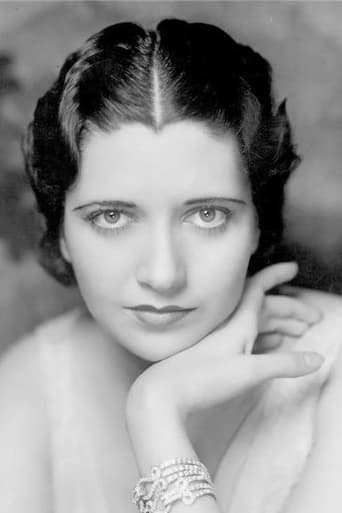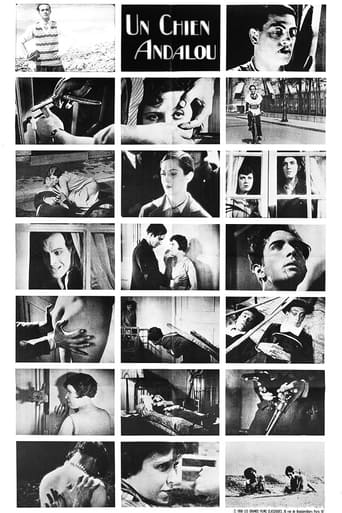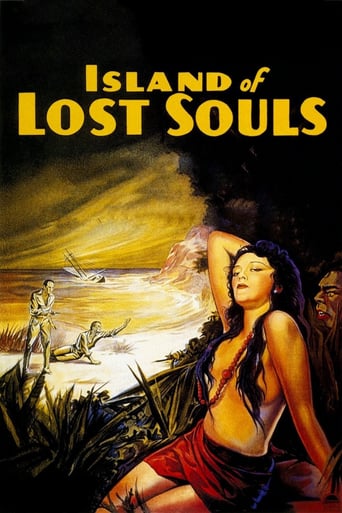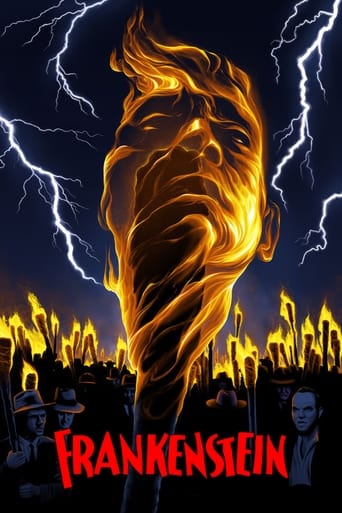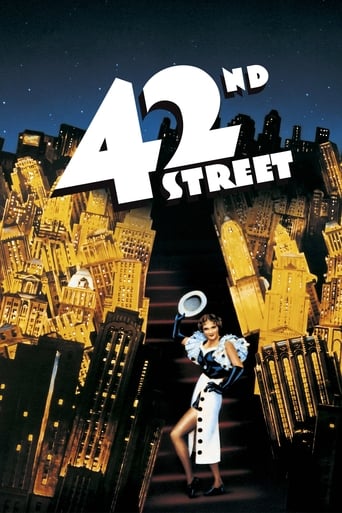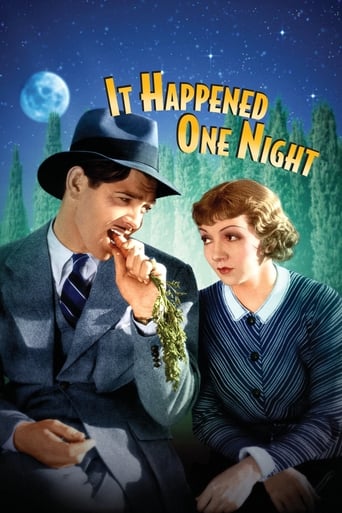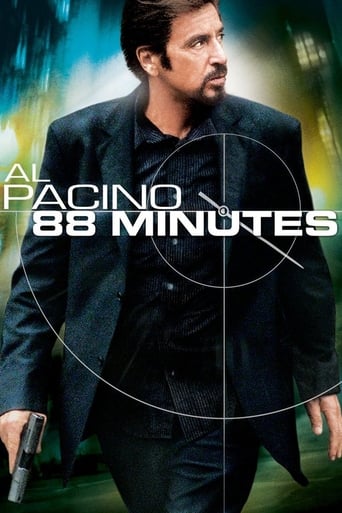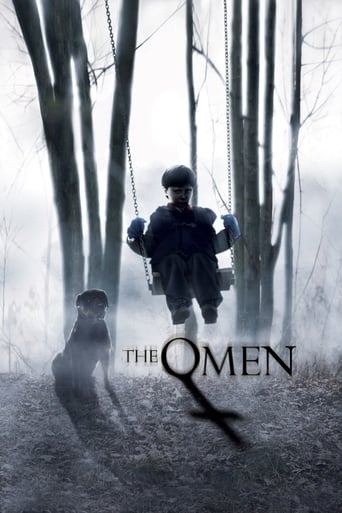

Wonder Bar (1934)
Harry and Inez are a dance team at the Wonder Bar. Inez loves Harry, but he is in love with Liane, the wife of a wealthy business man. Al Wonder and the conductor/singer Tommy are in love with Inez. When Inez finds out that Harry wants to leave Paris and is going to the USA with Liane, she kills him.
Watch Trailer
Cast


Similar titles
Reviews
Director: LLOYD BACON. Screenplay: Earl Baldwin. Based on the 1929 German play by Geza Herczeg and Karl Farkas, as adapted by Irving Caesar and Aben Kandel, with music by Robert Katscher. Photographed in glistening black-and-white by Sol Polito. Film editor: George Amy. Art director: Jack Okey. Costumes: Orry-Kelly. Associate producer: Robert Lord. Producer: Charles Einfeldt.Musical numbers created and directed by BUSBY BERKELEY. Songs: "I'm Going to Heaven on a Mule" (Jolson), "Don't Say Good Night" (Powell), "Vive la France" (Jolson), "Tango del Rio" (danced by Del Rio and Cortez), "Why Do I Dream Those Dreams?" (Powell), "At the Wonder Bar", "Dark Eyes", "Fairer on the Riviera" all by Harry Warren (music) and Al Dubin (lyrics). Music director: Leo F. Forbstein. Copyright 23 February 1934 by First National Pictures, Inc. Released through Warner Bros Pictures. New York opening at the Strand: 28 February 1934. U.S. release; 26 November 1933. Australian release: 12 December 1934. 84 minutes.SYNOPSIS: Al Wonder (Al Jolson) is the egocentric owner of the Wonder Bar, a super-popular nightclub for the well-to-do. The Bar's number two draw-card (Al himself, of course, is number one), is a hot Latin dance team (Dolores del Rio and Ricardo Cortez). NOTES: Number 9 at domestic ticket-windows. Film debut of Hal LeRoy.COMMENT: "Wonder Bar" is a must-see, not only because of its fabulous cast, but because the musical interludes were created and directed by Busby Berkeley. In fact, they are probably Buzz's most famous sequences. Seemingly utilizing thousands of dancing extras in dazzling formations, the songs are imaginatively shot (often, as we might expect, from overhead), incorporating some of the most dazzling special effects. The rest of the film is handled by Lloyd Bacon in an extremely competent style. Bacon draws some great performances from the more animated-than-usual Jolson and absolutely terrific Del Rio. It is the beautiful Kay Francis who disappoints. She looks great, but her performance seems a little too pat, too well rehearsed to be really convincing. But surrounded by players at the top of their game, like Cortez, Powell, Kibbee and Donnelly, who cares? AVAILABLE on a superb Warner DVD.
The hot spot in Paris is the Wonder Bar. For entertainment, dancing, good food and what tickles your fancy, this is the place. "Wonder Bar" is a very provocative and titillating little film with a very good and talented cast. Though some may say she's wasted in this film, considering she's been in more melodramatic films where's suffering and loving and decked out in lavish gowns, Kay Francis is the female lead. She has been unfaithful to her husband Henry Kolker with a dance instructor and entertainer, played by Ricardo Cortez. When detectives have confronted her husband about the affair, she doesn't make that day's rendezvous and hightails it to the Wonder Bar where Ricardo will be later. It seems she gave him a necklace she needs back for insurance purposes and to keep the proof of her infidelity from her husband. The Wonder Bar is owned by Al Jolson, who also sings for the guests. He of course delivers with usual pizazz. But the main attraction is Ricardo and his partner Dolores Del Rio, who of course loves him. But Dick Powell loves her, too. Added to the mix are patrons of the restaurant, Guy Kibbee and wife Louise Fazenda and friend Hugh Herbert and wife Ruth Ronnelly, who came for the eats, but did they? Right away, Guy and Hugh are flirting with pretty young things and even a pretty boy is touching and flirting with Louise Fazenda. She in turn says her room number very loudly. Shocking!? A guy asks to cut in on the dance floor, and he proceeds to dance with the man. The Kay/Ricardo/Dolores triangle comes to a head very dramatically with a memorable dance number with a whip. A whip! For a minor little film, this was very entertaining and had just enough bizarre naughtiness to differentiate itself from other pre-code films. The only criticism is the black musical number which goes on too long and does seem to be a bit over-the-top and hard to take. Getting back to the action, the married men Hugh and Guy tells the p.y.t.s they'll see them later after they ditch the wives, and Louise has a rendezvous of her own. What happens next? We'll never know, because this is about the Wonder Bar, where things only get started.
...and a great film come-back vehicle for Al Jolson. This film was released on March 31, 1934, just three months before the production code began to be enforced. As such, it is a buffet of items one would never see on film again in the U.S. until the 1960's - adultery as comedy, gigolos, a pair of men dancing with Jolson making the remark "Boys will be Boys", a dancing act involving a woman being whipped, what amounts to house-sponsored prostitution to keep the Wonder Bar's male patrons amused, a suicide that everyone knows about in advance and nobody bothers to stop, and a murder that goes unpunished and even undetected for that matter. However, this film is much more than just a last hurrah for the pre-code years, and I found it quite enjoyable. It is an intersection of Grand Hotel, the world's greatest entertainer, Al Jolson, and that genius of choreography, Busby Berkeley, with plenty of action and snappy dialogue to keep things going.Of course, it is very ironic that the one part of the film that leaves everyone shocked today is probably one of the few things that the Hays Office had no problem with - that well-known musical number "Going to Heaven on a Mule". It is exactly what you would expect when the over-the-top style of Busby Berkeley's choreography meets the minstrel tradition of Al Jolson's musical style. Every racial stereotype in the book is in this musical number, and it was omitted on the VHS release of this film but was kept in the laser disc Jolson set. That's probably because laser disc was seen as specialty product whereas the VHS release was seen as something for consumption by the masses. The Warner Archives is also seen as a niche market, so the number is included in that DVD-R release. I am glad of that, because the present will never be made better by trying to erase or adjust the past, no matter how uncomfortable it may make people feel.Highly recommended as great classic movie fun, if you can just remember that this film was made in 1934, not last week.
In 1931 Al Jolson went back to Broadway to star in a new show Wonder Bar. It got good reviews, but as it was the middle of the Great Depression the costs proved too much and it closed after two months.Not like any great hit songs came out of it for Jolson, but Warner Brothers decided to buy it for him as a film property. The plot line was changed somewhat and a whole new score was written for the film by Warner Brothers contract composers Harry Warren and Al Dubin.Jolson got as one of his co-stars Dick Powell who was the screen partner of Mrs. Jolson, Ruby Keeler. Although Powell was fifth in the billing, he was number one in the song department. His songs included Don't Say Goodnight, Why Do I Dream Those Dreams and the title song. Powell plays the orchestra leader at the Wonder Bar and helps Jolson in the vocal department.Between Jolson and Powell in the billing are Dolores Del Rio, Ricardo Cortez, and Kay Francis. Del Rio and Cortez are a pair of tango dancers and both Powell and Jolson are crushing on her. She is hopelessly infatuated with Cortez. And Kay Francis is a rich woman who Cortez has been seeing on the side.Ricardo Cortez was one of a number Rudolph Valentino wannabes during the silent screen era and in Wonder Bar, he's as nasty a heel as ever been portrayed on the screen. Wonder Bar was produced right before the Code took effect and there are lots of sexual innuendo in this film. Of course it's set in Paris and one expects decadence there. But apart from a few newsreel shots to establish Paris as the location, this was all done on the Warner back lot. Jolson got three songs of his own, Vive La France, Otchichornya, and the infamous Heaven on a Mule. It's as bad as everyone makes it out to be. Al Jolson got his start at the turn of the 20th century in live minstrel shows which were still around then as a runaway kid. When he became a star on Broadway, he played black characters on stage in blackface. And for reasons that I still can't fathom, would not leave it behind. I'm sure that in his mind, Jolson felt this was what the audience expected from him.It's worse because Heaven on a Mule adds zero to the plot. In a Parisian nightclub, I'm sure the audience was not expecting a blackface number. Remember this was the Paris that Josephine Baker was triumphing in at that point in time. It might have been nice had Ms. Baker or Ethel Waters had done a real number, Wonder Bar would have a better historic reputation today.



